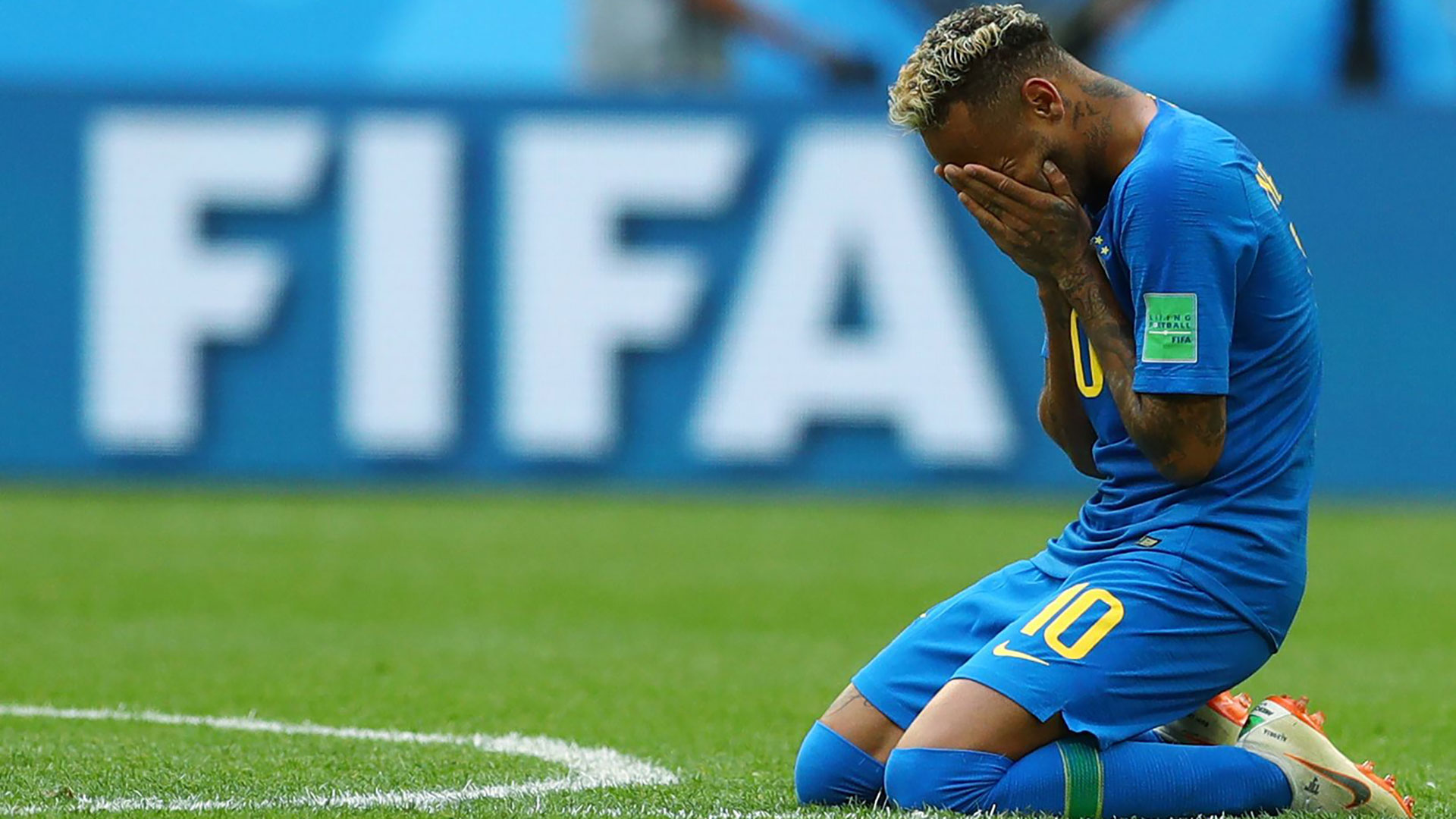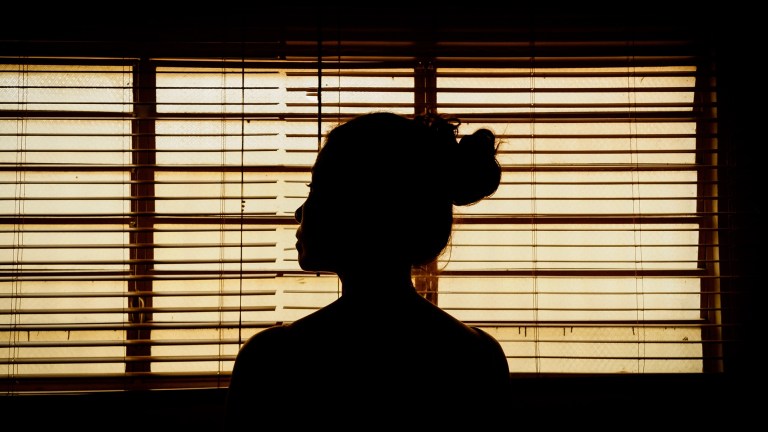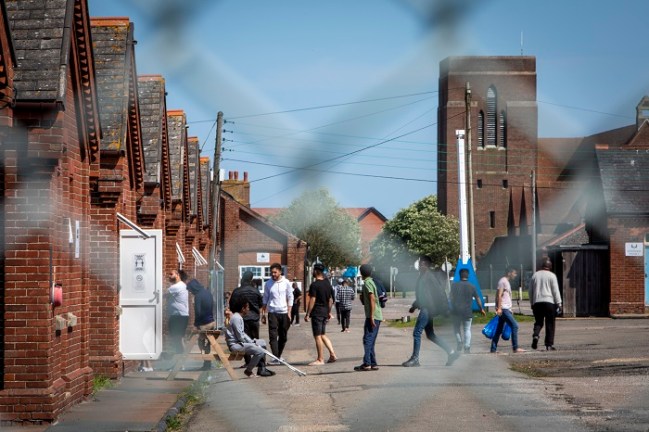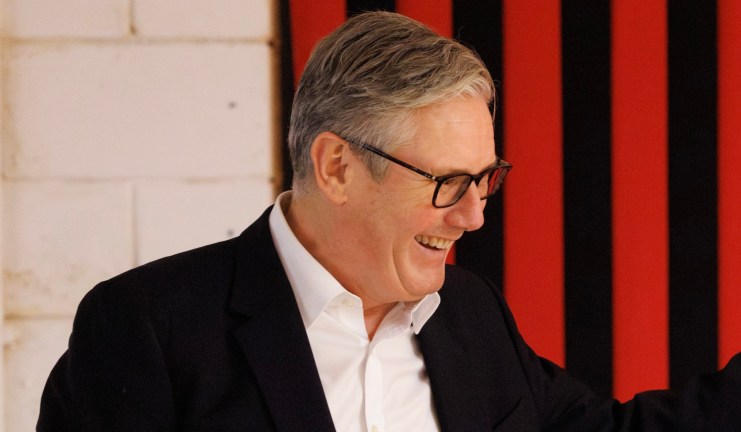It started with a few drops. And then it turned into a valley of tears. This World Cup has been notable because of the remarkable Ronaldo and the volume, the huge, undammable volume, of players crying.
They cry a lot. After the first round of matches, after matches that end in a draw. They may well be crying off camera too. Maybe right now.
My initial response was one of slight confusion. Why are all these lads crying? There has been no disaster. Many of the results are fixable. Are these the millennial snowflakes on a global stage?
That one meant a lot to @neymarjr pic.twitter.com/VVoQOyVw4r
— B/R Football (@brfootball) June 22, 2018
I looked to the pundits. They were more of my generation. In the studio, Roy Keane, the former Manchester United midfield general, a player who in his quietest moment could be described as combative, was talking about the Iran manager Carlos Queiroz. Roy is not a man who was ever known for crying. He and Queiroz had a falling-out around 14 years ago. Keane’s great regret, he said, was “I should have ripped his head off.” He has carried that for 14 years. That, while an entertaining quip, cannot, I thought, be healthy.
I thought about the ongoing battle to have young men not bottle things up, to talk about worries, to be open. And it became increasingly clear that professional footballers crying on the pitch was a good thing, a positive move. Why shouldn’t they show it, why should they bottle it up? Why become a ball of lingering rage like Roy Keane, allowing things to gnaw at you for over a decade.






